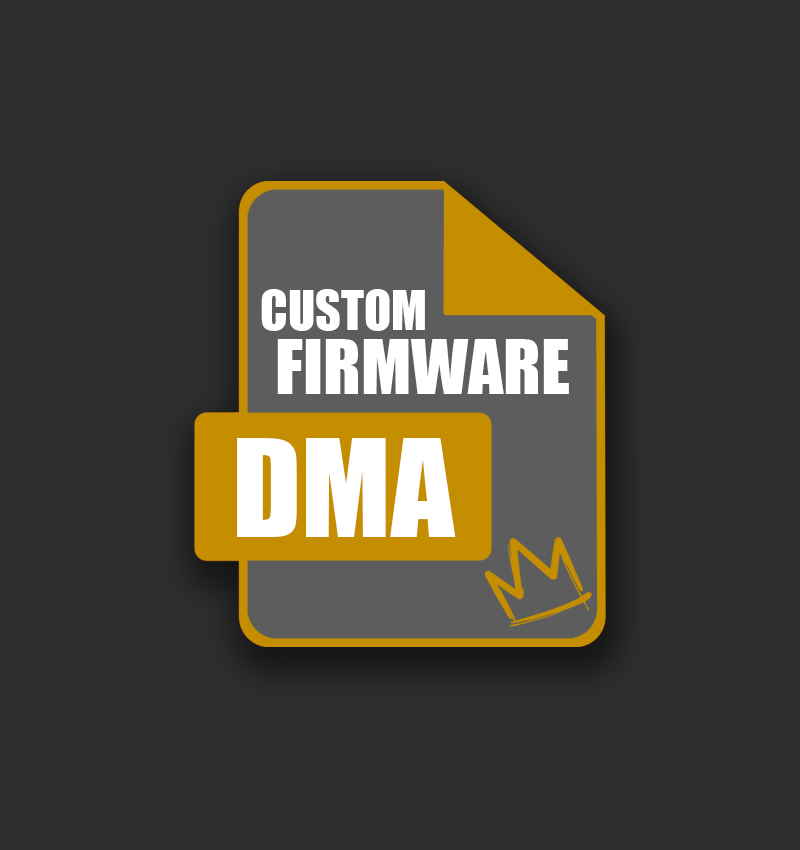In the era of advanced technology, custom firmware has become a powerful tool that enhances device performance and provides additional features for users. Custom firmware represents a revolution in how we use devices, allowing users to bypass the limitations imposed by manufacturers and fully exploit their device’s capabilities.
Among the core technologies related to modified software is DMA (Direct Memory Access), which enables fast and efficient data transfer without the need for the central processor’s intervention. However, with this power come risks and considerations that require awareness and knowledge, as uncareful modifications can lead to performance issues or security vulnerabilities.
Custom Firmware DMA is a concept related to modified firmware used to bypass the limitations of a device’s original software, especially in devices like gaming consoles, mobile phones, or even computers.
In this article, we will discuss the details of Custom Firmware and DMA, explaining how they work, their various purposes and applications, as well as the risks that users may face. We will explore how users can benefit from these technologies and how to apply them safely and effectively.
Table of Contents
ToggleWhat is DMA?
DMA (Direct Memory Access) is a method used in computing that allows a specific device (such as a storage device or graphics processing unit) to access the system’s main memory without the need for the central processing unit (CPU). This method speeds up data transfer and improves system efficiency.
How is this related to Custom Firmware?
Custom firmware is a modified version of the original firmware that comes with devices. Users modify this firmware to add extra features or improve the performance of the device.
Purposes and Applications:
- Performance Improvement: Some users modify firmware to achieve higher speeds or better performance.
- Unlocking New Features: By modifying the firmware, users can add features not present in the original version.
- Bypassing Limitations: It can be used to bypass restrictions imposed by manufacturers, such as protection or geographical limitations.
- Customization: Allows users to customize the interface or modify installed applications.
Risks:
- Instability: Modifications may lead to system instability or performance issues.
- Void Warranty: Using modified firmware may void the manufacturer’s warranty.
- Security Issues: Vulnerabilities can be introduced, making the system susceptible to attacks.
How is Custom Firmware Installed?
- Finding a Trusted Version: It’s essential to find trusted sources for modified firmware.
- Follow Instructions: Carefully follow the installation instructions.
- Backup: It’s important to back up data before making any changes.
Types of Modified Software:
- CFW (Custom Firmware): Comprehensive modifications to firmware, such as those used in gaming consoles (like PlayStation or Xbox).
- ROMs: Modified versions of mobile operating systems, such as Android, allowing new features or enhancements.
- Active Communities: There are many online communities (such as XDA Developers) focused on the development and sharing of modified firmware. These communities offer support and guidance to users.
DMA in the Context of Modified Software
- DMA Security: Unauthorized use of DMA through modified software can pose significant risks to the system. Attacks exploiting DMA can access sensitive memory and data.
- DMA Exploitation: Some hackers use techniques like DMA attacks to exploit vulnerabilities in devices, allowing them to control memory or data without the need for malicious software.
How Custom Firmware Works with DMA
- Bypassing Protection: Users can modify DMA settings in the firmware to bypass security or imposed restrictions.
- Performance Enhancement: Data transfer speeds can be improved by configuring DMA settings appropriately, leading to better performance for programs or games.
- Deep Customization: Modified firmware can provide advanced customization options, allowing users to maximize the use of system resources.
Impact on Devices
- Improved User Experience: Using custom firmware can enhance the user experience through additional features.
- Performance Risks: If DMA is incorrectly configured, it may cause performance degradation or system crashes.
Tips Before Using Custom Firmware
- Understand the Risks: Before modifying the firmware, users should understand the potential risks and their impact on the device.
- Check Compatibility: Ensure that the modified firmware is compatible with your device and check for regular updates.
- Be Prepared for Issues: Despite preparations, problems may arise, so it’s best to have a plan for system restoration if necessary.
In Conclusion, Custom Firmware and DMA are advanced technologies that give users the ability to customize and enhance their devices in innovative ways. Modified software offers limitless potential to add new features and bypass imposed limitations, enabling users to fully leverage their devices’ power.
However, using these technologies comes with a set of risks and challenges. From potential instability to security vulnerabilities, users must be aware of the consequences of unthoughtful modifications. It is crucial to follow precise guidelines and ensure that all aspects of these technologies are understood before use.
Ultimately, the experience of using modified software can be rewarding and beneficial, provided it is done with care and knowledge. Wise decisions and preparedness for challenges can lead to positive results that enhance user experience and open new horizons in the world of technology.

